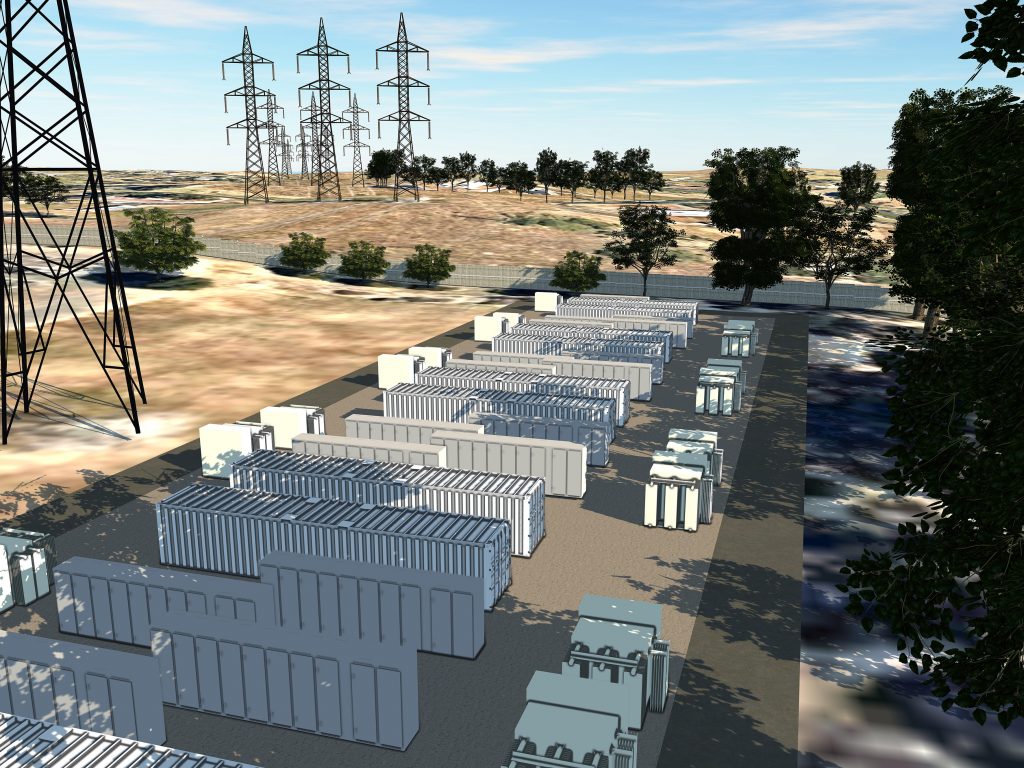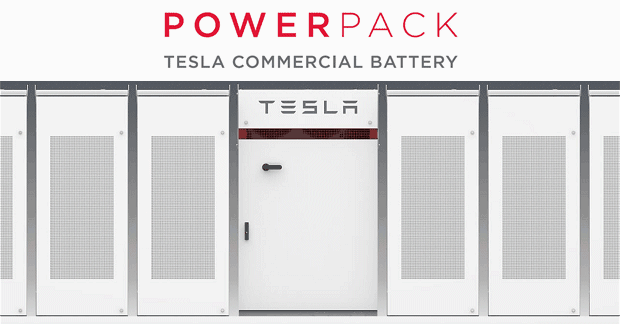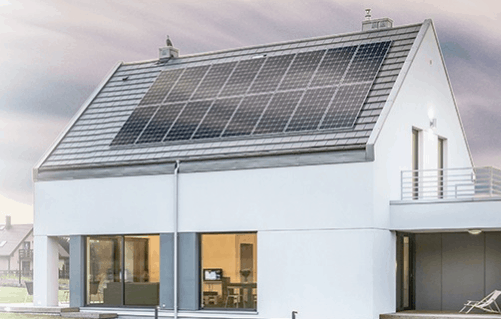The Ballarat Energy Storage System has been turned on by the Victorian Government today – let’s take a look at this unique battery and see how it will help shape Victoria’s energy future!
Ballarat Energy Storage System
The Ballarat Energy Storage System has 30MW capacity and can output 30MWh – it’s located at the Ballarat terminal station and is owned by Australian energy company Ausnet. The battery storage units are Fluence branded, and were installed by Spotless and Downer Group.

ARENA and the Victorian Government will jointly provide $25 million in funding for both this project and the Gannawarra Energy Storage System (GESS). The project (BESS) is expected to end up costing around $35m.
Lily D’Ambrosio, the minister for Energy, Environment and Climate Change, made a statement about the Ballarat Energy Storage System discussing the Government’s plans for Australia’s renewable energy future:
“We said we would deliver these large-scale batteries for Victoria, and that’s exactly what we’ve done,” she said.
“This is part of our plan to transition to a more affordable, reliable and clean energy system. We’re modernising our electricity grid, strengthening our energy security and delivering real action on climate change.”
According to RenewEconomy, the battery will be most useful in these three situations:
- It can help with congestion on Victoria’s transmission grid (especially as it’s installed at a network terminal rather than a wind or solar farm (which is the norm)).
- It’ll help shore up the baseline load for Melbourne, especially during peak times when air conditioners and deconstructed latte machines are switched on en masse; and
- It’ll provide ‘key grid stability services’ like frequency control.
Lastly, straight from the horses’s mouth:
The battery will store energy at times of relatively low value. The battery will use stored energy and use it at times of relatively high value. The project will also examine providing other grid services such as frequency control ancillary services (FCAS) and, should it be established under the electricity market rules, a Fast Frequency Response (FFR).
It’ll be fascinating to see how this works over the summer – we’ll, of course, also be keeping a close eye on the Tesla batteries at the Hornsdale Power Reserve to see if they’re able to continue delivering massive savings to the SA government. How long until the rest of the states follow suit?



